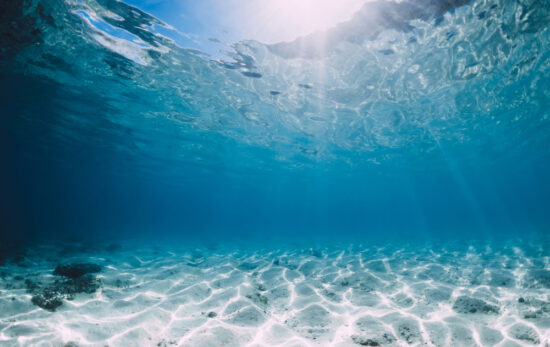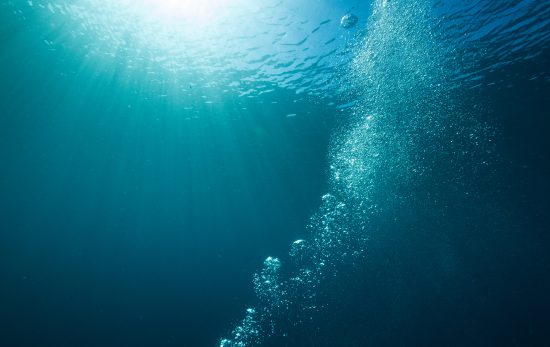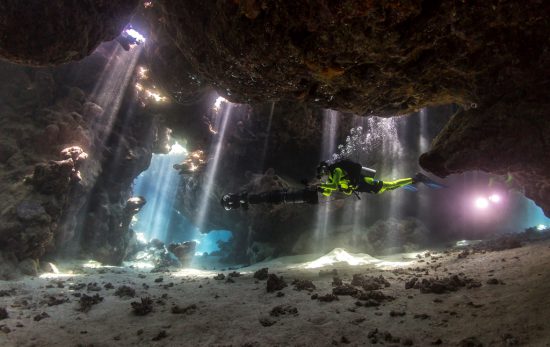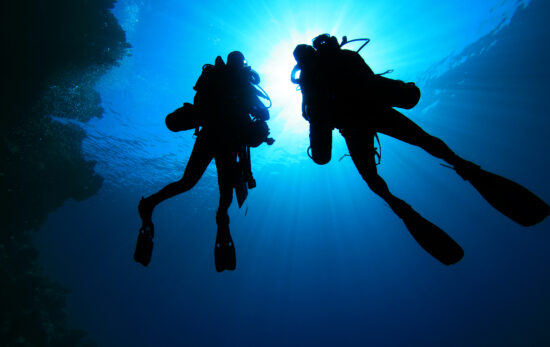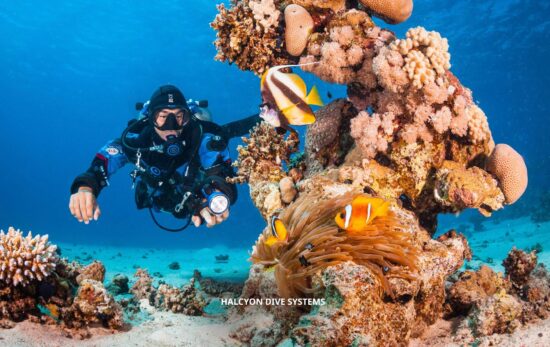This article was written by Vikki Batten, PADI Technical Diving Division, and originally published on the TecRec blog on February 4, 2014.
This article was originally posted in November 2010 when PADI announced that we would introduce a new range of rebreather courses the following year. Now that the courses have been available for years, more and more divers are asking this question, so it seems like a good time to post an update and help you find out a bit more about rebreathers if you are not already familiar with them.
Rebreathers are not new technology. In fact, they have been around for longer than open circuit scuba, but recent improvements in materials, engineering, monitoring systems and electronics have made them increasingly reliable and priced within reach of many divers.
The basic concept of a rebreather is to recirculate a diver’s exhaust gas (or rebreathe it) thereby saving it (or most of it with a semi-closed rebreather) instead of exhaling it into the water. This makes the gas supply last longer, and that is something all divers can understand the benefits of.
When we breathe a gas we use oxygen up as part of the metabolic process and we produce carbon dioxide as a waste product. This means that the gas we exhale is high in CO2 and low in O2. This exhaled gas is what we recirculate in our rebreathers so it needs a bit of “tweaking” before we breathe it again. Rebreathers contain a “scrubber” which removes the carbon dioxide. The scrubber will only do this for a certain amount of time (but they typically last at least 2 hours), so while this is a limiting factor when planning a rebreather dive, the dive can last much longer than most recreational dives. The rebreather will also have a mechanism for replacing the oxygen that was metabolized with fresh Nitrox or oxygen. The gas supply will also be a limiting factor but, again, compared to normal “open circuit” scuba, it will usually last much longer and depth has very little effect on how long your gas lasts. Again, a two-hour or longer duration is common.
And that’s it! Well, sort of…..rebreathers suitable for recreational diving use (Type R rebreathers) have electronics to monitor and control the system, meaning that the diver has lots of assistance in ensuring that the rebreather continues to work correctly. Type R Rebreathers are run almost on auto-pilot with the diver just keeping an eye out for alerts and warnings.
These relatively recent developments are what led PADI to write our recreational rebreather courses and introduce our divers to this technology.
So how does this benefit the diver? As we have already mentioned, recirculating the gas means that it lasts much longer than with open circuit scuba. This is the main benefit to recreational divers. How long it last depends on lots of things, including the type of rebreather you dive. A longer duration for the same amount of gas means that you can either carry a smaller set of kit for the same duration dive or choose a rebreather that will allow you to do longer dives.
Some rebreathers act like a mobile gas mixing unit, altering the amount of oxygen and inert gases the diver breathes with their depth, so that the diver is always breathing the optimal mix. This means longer no decompression limits for recreational divers or less decompression for technical divers.
Whilst these are the biggest benefits there are a couple of others:
Fewer bubbles make rebreathers popular with photographers. It makes you a much quieter diver, which in turn can minimize your impact on wildlife and lead to close encounters with even very shy creatures. You will hear the sounds of the underwater world and might even hear your buddy singing to themselves.
Warmer breath. Because your exhaled breath is recycled, it is warm and moist, helping to avoid heat and moisture loss.
Of course, there is a price to pay for all these benefits. Quite literally in fact – the equipment is currently more expensive than a basic set of single cylinder dive kit, but manufacturers are working hard to make rebreathers value for money and many divers spend just as much on open circuit equipment as the cost of a rebreather. You will also need to factor in the training costs. Although rebreathers aimed at recreational divers are easy to use, there are some differences in procedures than those you learned on your PADI Open Water Diver course. Good training will mean that you can dive a rebreather with full confidence in both the unit and your ability to dive it.
Which brings us to safety. Over the years, rebreather accidents have been given disproportionate column space, but you’re right to make sure this is a technology that you are comfortable using. Rebreather diving is less forgiving of divers who like to cut corners or ignore rules, so if you are that type of diver, this is not the equipment for you! If you are happy to put the time and effort into preparing your equipment carefully, checking it thoroughly and taking responsibility for monitoring it throughout the dives, then the right training will make you a rebreather diver, not only in name but in method and mentality as well.
Remember that diving equipment is a tool for a job, so the final step is to ask whether a rebreather is the best equipment for the type of diving you want to do and where you want to do it. If the answer is NO, then you should be looking at other options. If the answer is YES, then it’s time to start asking for a rebreather as your next present.


